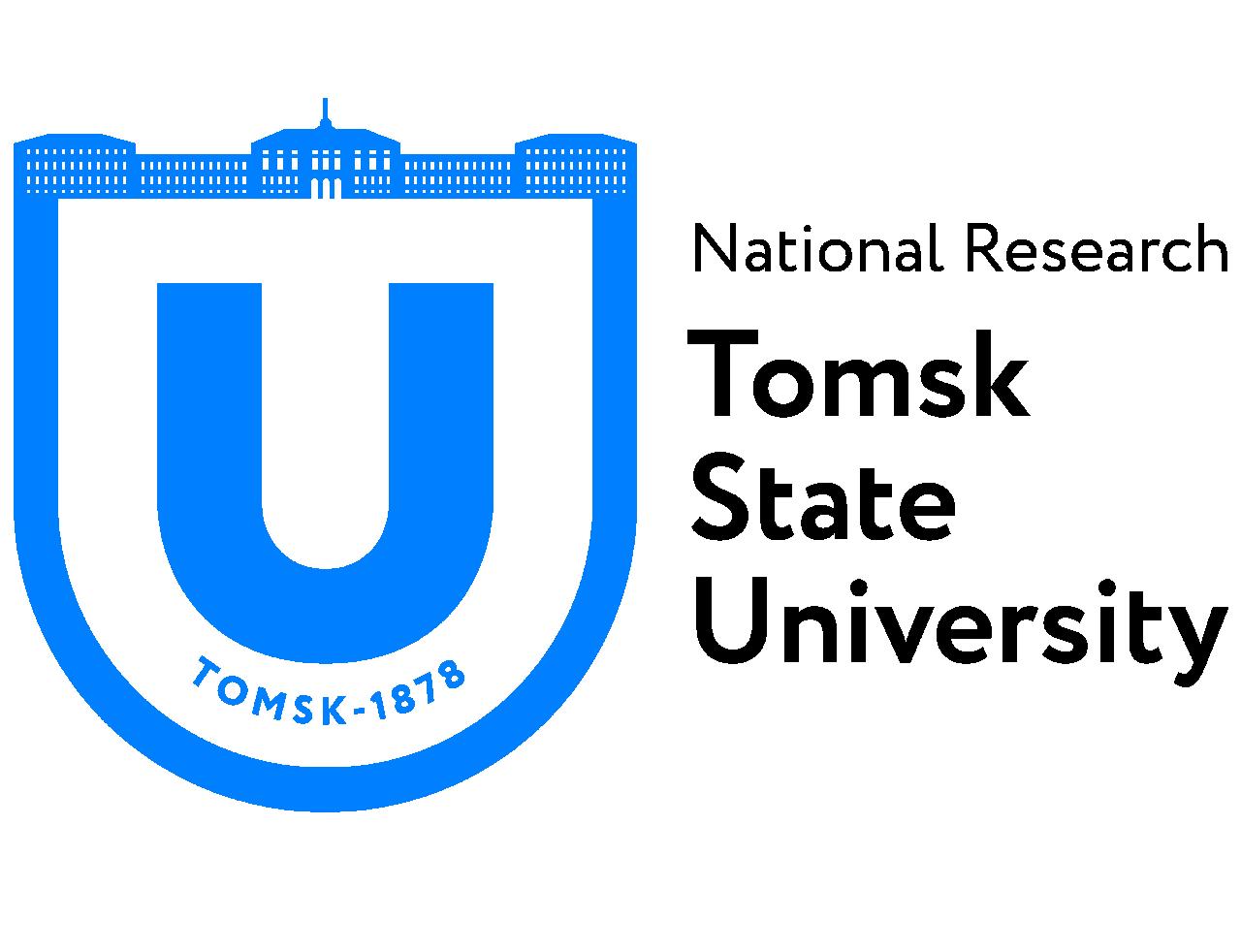Tomsk State University: Aeroschup technology received high praise from EU experts
The TSU technology drew a lot of interest. The authority of the Freeport of Riga, local journalists, and representatives of private oil-processing companies arrived to see the technology in action. At the Port of Klaipeda, the Aeroschup team met up with the local ecologists who monitor water ecosystems. They all noted the innovative approach and effectiveness of the TSU-developed technology.
“The condition of the Port of Riga is the result of decades of pollution starting from the First World War,” said Viesturs Zeps, chairman of the Freeport of Riga board. “We are looking for effective technologies and approaches to solve this problem. We are satisfied with our collaboration with PurOceans Technology (a company promoting Aeroschup in the global market) and their results are evident.”
The Port of Riga helped the scientists to calibrate and tune the device, and PurOceans Technology provided their technologies, know-how, and services. The next step in this collaboration is a discussion of test results, further collaboration, and funding.
“Cleaning a body of water is a new story every time, because all of them are unique, each has its own ‘pollution character’, says Danil Vorobiev, head of the TSU Biological Institute. “The port of Riga has long-term pollution where bottom sediments are a layer of organomineral sediments laced with petroleum products. Aeroschup technology proved to be effective in these conditions and managed to clean 12.5 tons of oil from 1 hectare of the port bottom.”
Aeroschup is both effective and 100% environmentally friendly. The cleaning is done without chemical products or dredging. The device collects oil from the bottom because of the molecular adhesion of petroleum hydrocarbons to the boundary of two phases, air and liquid, so that air bubbles separate oil from the bottom and raise it to the surface. These technologies are in demand because they remediate the environment and ensure the sustainable development of the planet.
“Flora and fauna on the bottom of the polluted bodies of water is a part of an oxygen-producing cycle,” says Alyona Stepanova, a director and co-founder of PurOceans. “If the body of water is polluted for many years, oil and petroleum products settle on the bottom and form a layer that prevents oxygen production. In these areas, there is no oxygen, no life. Our technology serves to clean these areas and remediate the water ecosystem.”
Aeroschup technology is promoted on both the Russian and the global markets. The project received support from Commercialization Reactor, a company that has been developing startups for ten years. Now, the company is looking for funding and applied for grants from Norway and the Horizon program.
PurOceans’ next step is to make the technology work from solar power by 2022, to be more environmentally friendly.
“Our goal is to create a research and development center,” noted Roland Grigoryan, chief operating officer of PurOceans. “We think that our developing technologies can help ports and be in great demand in Europe and all over the world.”

